

Tasmania is Australia’s island state, situated 240 kilometres south of the mainland, separated from it by the Bass Strait. It is the least populated state of Australia, with most of the population living in the capital and the largest city of Hobart. Its primary industries are mining, agriculture, tourism and forestry. It also exports food, including fish like salmon, abalone and crayfish.
Tasmania has many ports and harbours. TasPorts is a government-owned enterprise that manages and operates 11 ports in Tasmania, including the Devonport airport. It is a well-integrated organisation that offers many ports and Marine related services.
The largest port of Tasmania is Burnie, which handles more than five million tonnes of cargo and 55 % of its container traffic. Over 90% of containerised cargo passes through Burnie and other Devonport ports.
Burnie port was founded in 1827 in the State’s northwest, situated on the western shores of Emu Bay. It is one of the deepwater ports and the biggest general cargo port. The bay has a width of two nautical miles and is one nautical mile long. Burnie handles international traffic and serves as a terminal for ships trading between Tasmania and Melbourne.
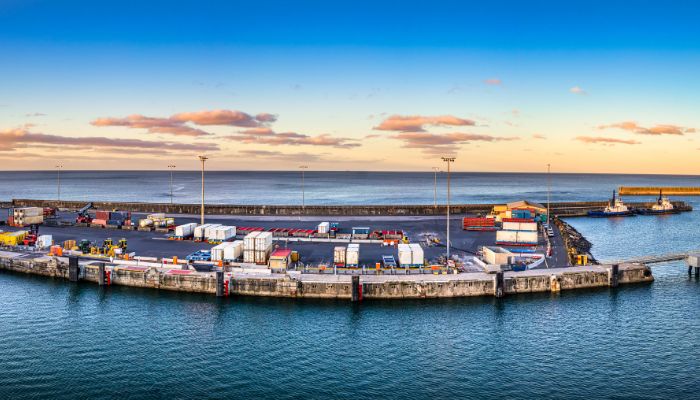

It handles a variety of cargoes, including containers, conventional cargo, bulk, petroleum products, seafood, paper pulp, woodchips, fruits and vegetables, livestock, tallow limestone and coal.
It has five berths and a breakwater that runs towards the northwest along the port’s eastern side. It also has quarter-ramp ships that can be accommodated at three berths with a stern loading ramp.
Approximately 600 ships, 4,455,000 tonnes of cargo and 330,000 TEUs are handled at the port annually.
Bell Bay is one of the principal ports on the eastern shores of the Tamar river, about 48 kilometres from Launceston. It is close to the Industrial estate of Tasmania and is a major facility for domestic and international bulk cargoes, providing container services.
It has several berths in the Tamar River that handle numerous cargo types. The biggest facilities handling interstate and international trade are situated in the lower reaches of Bell Bay port on the eastern side, within eight nautical miles from the port entrance. It has five piers for passenger and cruise ships.
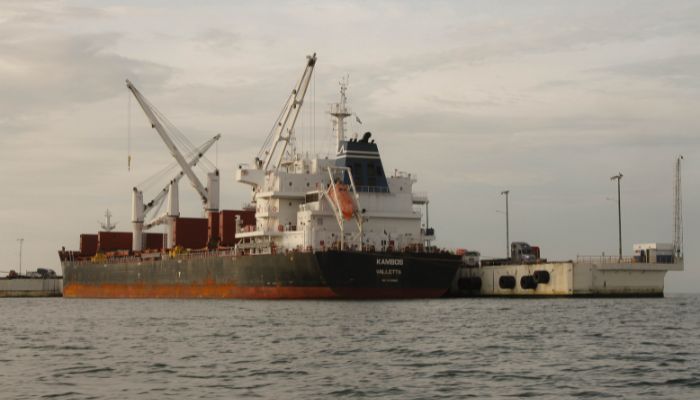

There are three bulk handling berths at Long Beach, just south of Bell Bay Port. It also has a berth for handling fuel oil imports and two woodchip export facilities. On the western side is the Beauty Point Harbour which also includes the inspection head for wheat, tallow and conventional cargo.
It also has a drydock and synchro lift facilities along with industries like BHP, Temco Comalco Aluminium Smelter and Starwood Medium Density Fibreboard Plant.
Approximately 450 ships, 5,300,000 tonnes of cargo and 89,500 TEUs are handled annually.
It is a key entry port into Tasmania for passengers and locals. It is the homeport for the Spirit of Tasmania, which ferries people and vehicles between Tasmania and Melbourne. It is also a primary commercial port, handling four to five million tonnes of cargo.
It is located 0.8 nautical miles at the mouth of Mersey River, with wharves situated on its eastern and western banks. It is a well-protected harbour on the northern coast of Tasmania and has facilities for general cargo, refrigerated items, cement, grains, petroleum, LPG, gypsum, fertilisers, china clay and salt.
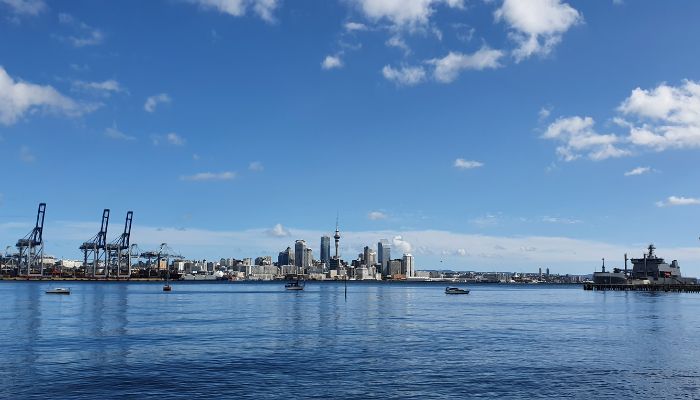

It also has RORO terminals and tanker berths. Night berthing facilities are offered. The port handles 1000 ships, 3,124,000 tonnes of cargo, 157,500 TEU and 519,198 ferry passengers.
Hobart is situated on the River Derwent in the southern part of Tasmania. It is Australia’s second oldest harbour and the birthplace of modern and cosmopolitan Tasmania. Hobart handles general cargo ships, container carriers, oil tankers and bulk cargo carriers. It also exports timber and fish, while imports comprise petroleum goofs, ores, steel, and iron goods.
Approximately 2,550,000 tonnes of cargo, 800 TEU, 300 vessels and 20 cruise liners, are handled annually.
The port functions as a vital community asset and is a principal gateway to the Antarctic region. It is also a vibrant fishing port and a famous cruise destination.
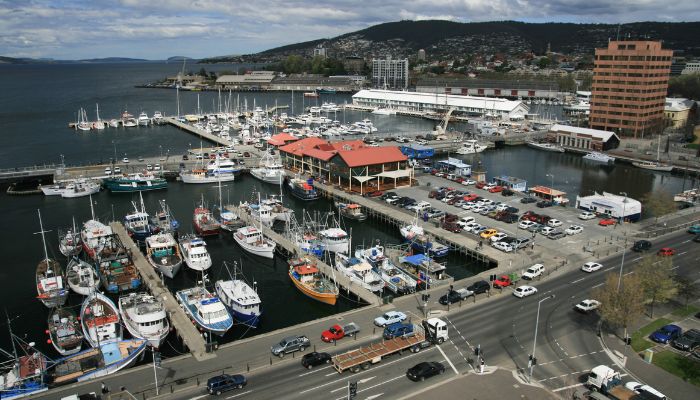

It is one of the few publicly- accessible ports with a picturesque waterfront area, used for organising large-scale events such as Rolex Sydney and the Australian Boat Festival.
The waterfront zone stretched from the Princes Wharf close to Salamanca to Macquarie wharves. The waterfront is called the Sullivans Cove and the Franklin wharf.
In 2018, TasPorts completed modernisation and repair work on the Franklin pier as part of the Community Asset Program.
Arthur port is a major tourist destination and receives passenger vessels, mainly cruise ships. It lies on the southern coast of the Tasman Peninsula and is known for its history. In 1830, George Arthur founded a settlement there to punish convicts who had transgressed.
A reformatory for boys also operated till 1849, a rocky headland in the inlet of the Tasman Sea. Although the transportation of convicts stopped in the 1850s, the building was operational for another 25 years, and around 14,000 to 16,000 prisoners lived there at one time.
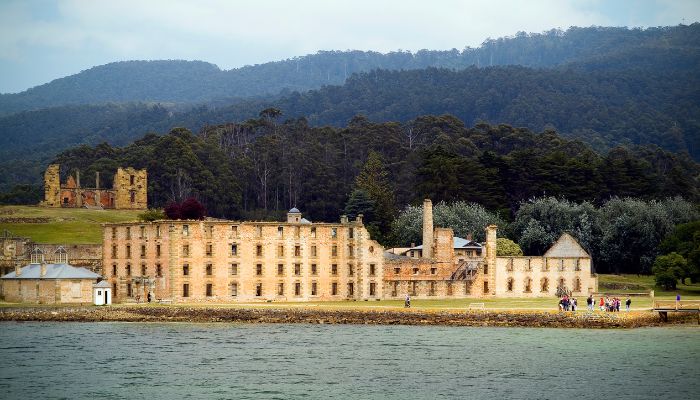

The ruins of the building were restored in the early 2000s. There was also a church which was constructed by the convicts in 1840. Near it is a place called ‘The Isle of the Dead.’ It is named so due to the many unmarked and unidentified graves of the convicts. It has now become a major tourist attraction.
Port Arthur is close to Hobart and is around a hundred kilometres via the Arthur Highway. The entire Tasman Peninsula is a part of the country’s National Estate, which includes places preserved and protected as its national heritage.
Coles Bay is a small town on the eastern Tasmanian coast, over 190 kilometres northeast of Hobart. It serves as the main entry point for people to Freycinet Park. The park is popular for its coastal heaths, rocky cliffs, wildflowers, orchids and birds like cockatoos and honeyeaters.
Wineglass Bay is one of the most beautiful bays found in the park. Another famous place is the Moulting Lagoon Game Reserve, a breeding ground for black swans and ducks.
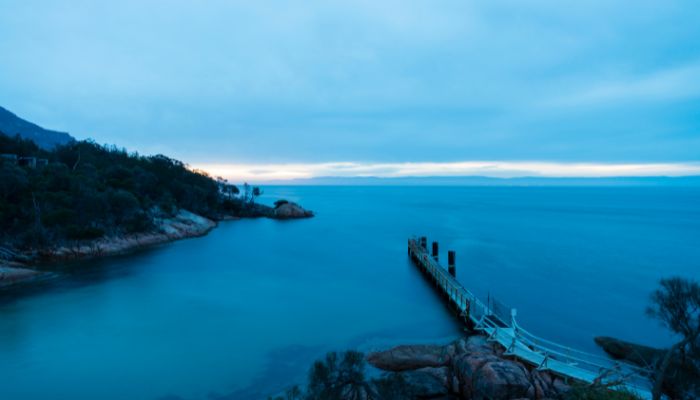

The place is sparsely populated; however, it is visited by many tourists for its breathtaking natural beauty and outdoor activities like mountaineering, hiking, fishing, windsurfing, biking, boating and kayaking.
The town lies on the northern part of Great Oyster Bay with stunning views of the vivid granite mountain peaks called ‘The Hazards’, situated on the Freycinet Peninsula. Every Easter, the Australian Peaks Race is organised in the town.
This facility is one of the community assets situated on the Tamar River bank. It is home to TasPorts tugs Risdon Cove and the York Cave when they are not on any marine or port operation.
The waters are clear and have a lot of fish. The wharf is a famous fishing platform, especially the Inspection Head Wharf. Apart from TasPorts’ operations, many tourism businesses and tour providers can be found on the pier. Recently, it has become a place for small expeditions and luxury tourism providers.
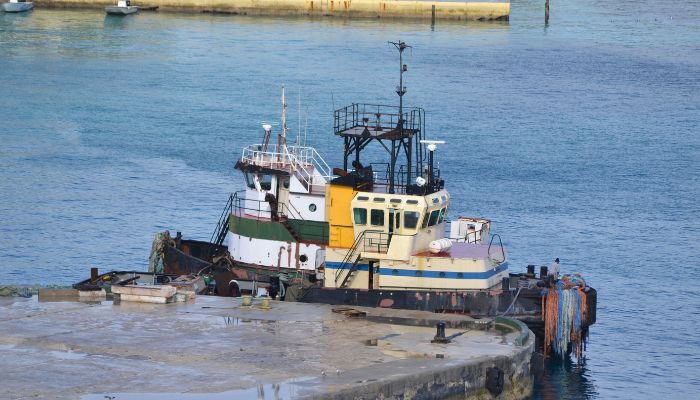

Under the ports community asset program, one million dollars was invested in the port upgradation to modernise infrastructure and improve safety.
The Port of Lady Barron is the main port on Flinders Island, which receives imports of essential commodities. The port authority also offers ship repair, maintenance, home porting and slip yard services. It is an all-tides port and has recreational facilities as well.
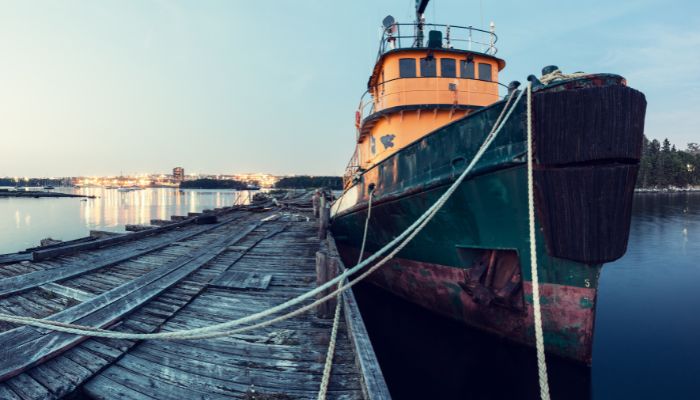

It is well-protected and can accommodate two ships at once. Another famous port is the Whitemark harbour which usually receives local vessels, mainly fishing vessels.
The Currie harbour is King’s Island’s main port located on the island’s western coast. It was initially known as Howie’s Boat Harbour after David Howie, an island resident in the 1800s. It was then renamed after a shipowner from Melbourne, called Archibald Currie, who bought the remains of a full-rigged vessel. Being the site of many shipwrecks, he made it a site of salvage operations.
The harbour was then utilised for salvage operations, including the Belcanthra in 1875 and the 1874 British Admiral. The former was wrecked at the harbour’s entrance. In 1879, a lighthouse was constructed to prevent accidents.
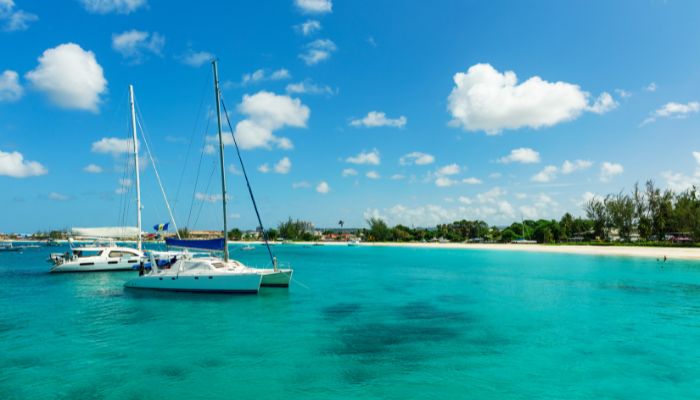

After some years, an agricultural settlement came up near the harbour. The people were engaged in grazing cows and dairy cattle. In 1974, the all-weather port, Grassy harbour was built. It connected the island with Tasmania and Victoria. Soon it became a centre for the fishing industry, especially rock lobster.
Today, the settlement is known for its dairy produce, particularly beef, seafood and cheese. At the harbour, the port authority operates various parkland spaces and buildings that can be rented for community use.
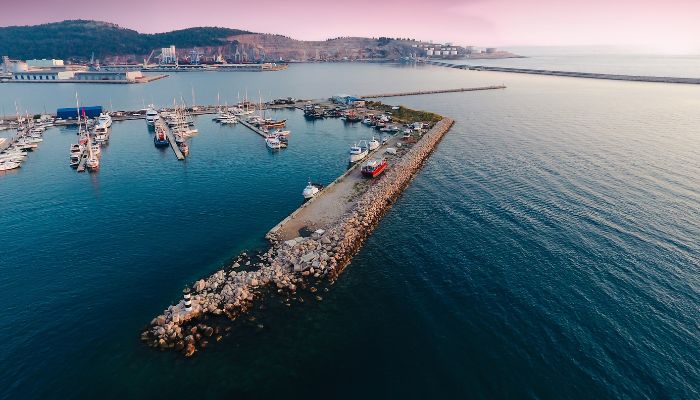

The main port facility on King’s island is the Grassy Port, situated on its southern shores. It accommodates mainly recreational ships but provides services for cruises and commercial vessels. Around 350 m north of the harbour is the fuel storage depot, which stores almost all the bulk fuel goods imported to the island.
Port of Stanley is situated on the northern shores of Tasmania on the southern end of Circular Head. It is a small commercial harbour and a ferry terminal protected by a breakwater pier. It caters to the local fishing vessels.
An ore loading berth lies five nautical miles to the southeast. The port handles imports of wheat, ammonium, bulk nitrate, and bentonite and exports timber and agricultural goods.
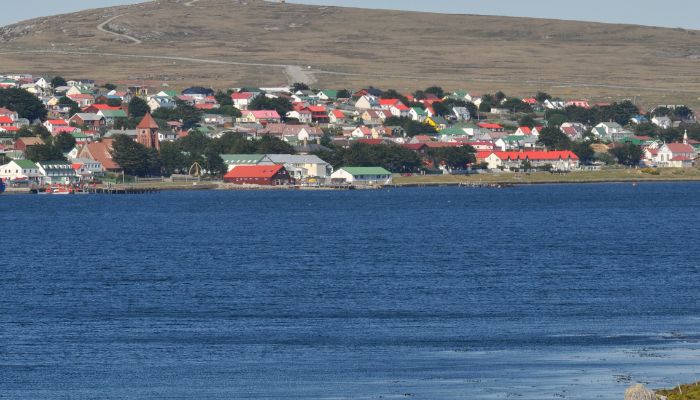

The historic fishing port also has RORO facilities and is vital for transporting livestock from King’s Island to mainland Tasmania. Stanley is a vibrant township and is well-linked with the communities of Flinders Island and Kings Island.
Lying on the western coast of Tasmania, Strahan is a bustling city. It is home to the World Heritage Cruise Harbour Master and Gordon River Cruise’s Spirit of the Wild. Both ships offer fantabulous tours in the Tasmanian Wilderness heritage area.
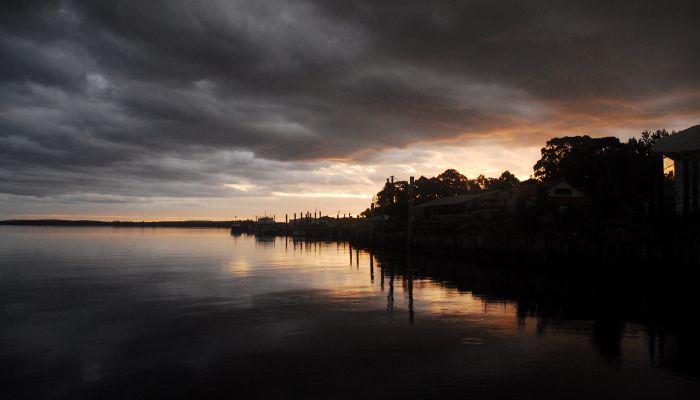

The port was refurbished in 2017-18 when the Main pier was extended and widened. More than 6.5 million dollars were invested in upgrading the wharf and passenger facilities.
You might also like to read-
Disclaimer: The authors’ views expressed in this article do not necessarily reflect the views of The Marine Learners. Data and charts, if used, in the article have been sourced from available information and have not been authenticated by any statutory authority. The author and The Marine Learners do not claim it to be accurate nor accept any responsibility for the same. The views constitute only the opinions and do not constitute any guidelines or recommendations on any course of action to be followed by the reader.
The article or images cannot be reproduced, copied, shared, or used in any form without the permission of the author and The Marine Learners.










We believe that knowledge is power, and we’re committed to empowering our readers with the information and resources they need to succeed in the merchant navy industry.
Whether you’re looking for advice on career planning, news and analysis, or just want to connect with other aspiring merchant navy applicants, The Marine Learners is the place to be.